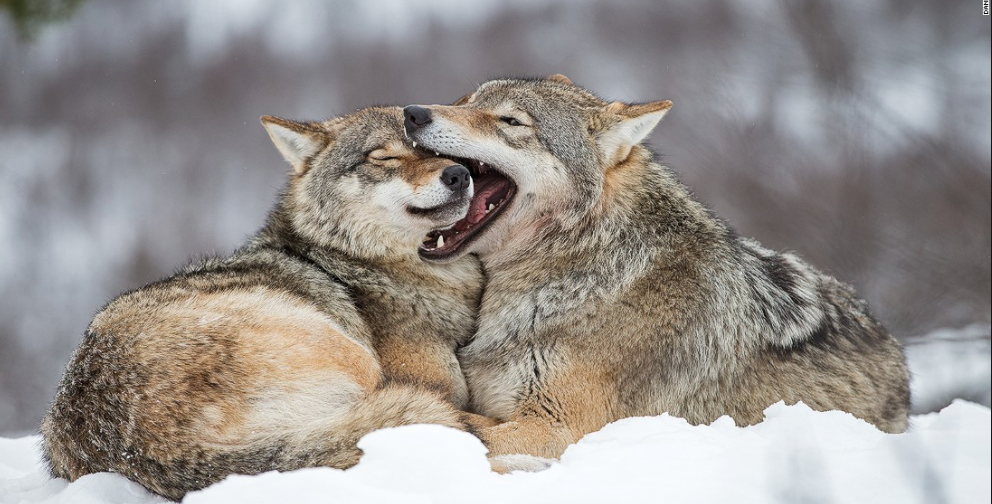In yet another example of domesticated animals taking over a country, Norwegian officials on Friday approved the killing of 47 wolves, more than two-thirds of the population of about 68 wolves living in the country. There are an estimated 2.5 million sheep in Norway, and Officials believe that each year up to 1,000 of these may be killed by Wolves. The government says the wolves are preying on domestic sheep, and that the Wolves are causing a heavy financial burden on farmers.
Keep in mind here the Wolves are classed as Critically Endangered by CITES. Normally that affords animals protection, but as is becoming increasingly common, countries like Norway are lodging objections and instituting various culling program. The Australian Great While Shark Cull and the Namibian Seal cull come to mind. Norway is in good company.
Last year one wolf pack was killed, leaving just six in all of Norway. The government wants to cull three of the remaining packs. Sverre Lundemo, biodiversity adviser at World Wildlife Fund Norway, said the decision reeks of hypocrisy. “It would send a wrong kind of signal to countries that are not as favorably positioned economically as Norway,” Lundemo wrote in an email. “How can we tell others to save nature when we do not walk the walk ourselves? Using double standards will not get us far if we want to save nature around the globe.”
Conservation groups say the number of sheep killed by wolves in Norway is a tiny percentage of the estimated 2.4 million that are raised each year. “Two of the packs have never killed any sheep at all,” Håpnes said, citing official government figures. “Last summer, in 2015, wolves killed 117 sheep inside the wolf zone out of more than 110,000 sheep that disappear every year in the whole country,” he said. Nationwide, he said, about 25,000 sheep are killed by carnivores each year, including wolves, lynx, wolverines, and bears. Wolves are responsible for 1,000 to 2,500 of those deaths. The cull was approved by conservative members of the Norwegian Parliament and supported by conservative media, sheepherding groups, and hunters, Håpnes said.
“Hunters’ organizations are quite eager to reduce the wolf packs because they are competitors for moose hunting,” he said. Hunting is immensely popular in Norway. Last year more than 11,000 hunters applied for licenses to shoot 16 wolves.

